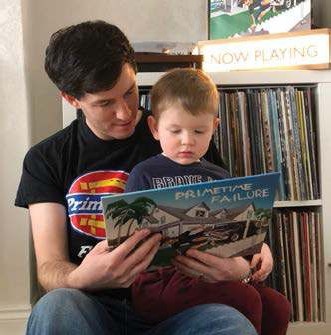DIY PUNK
In late October 1976, the world changed. UK punk marked its arrival with The Damned’s New Rose. Released on Stiff Records, it preceded records by the Sex Pistols and The Clash. Just a few months later, something even more sensational happened. Buzzcocks put out Spiral Scratch on their own label, New Hormones. A shade over 10 minutes long, it packed a mighty punch into those four fleeting tracks.
But what really cemented its place in history is was what it represented. It took releases out of the hands of the traditional gatekeepers, showing that anything was possible, a regional two fingers up to the London execs. In the well-chosen words of Simon Reynolds in his excellent book Rip It Up And Start Again: “People were buying Spiral Scratch for the sheer fact of its existence, as a cultural landmark and portent of revolution.”
From the off, punk was intent on tearing down barriers, challenging the old order and sending up pretension. If picking up a guitar and shouting into a mic was the first step, then putting out your own record was the natural extension. Today, thousands of independent labels follow this very spirit. The scene is the embodiment of a grass-roots phenomenon, typically small operations run on a shoestring budget (oft en out of a spare bedroom), successfully catering for a niche, yet extremely dedicated, audience.
Created by fans for fans, these labels are founded on collaboration, keeping prices down to ensure the music remains accessible. So, how do they do it? We catch up with four labels, Lockjaw, Disconnect Disconnect, Pumpkin and Bombed Out, to find out.

Primetime Failure’s youngest fan
GETTING STARTED